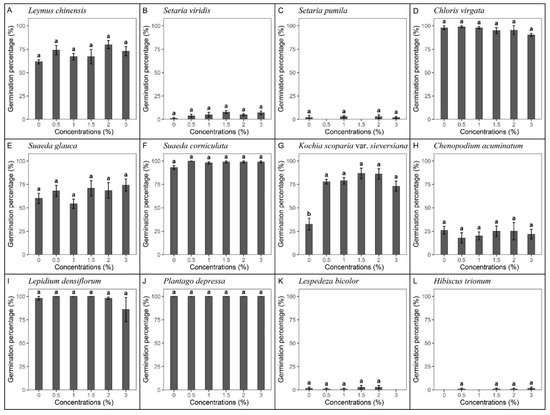New Trends in Plant Science in China
A topical collection in Plants (ISSN 2223-7747).
Viewed by 8569Editors
Interests: bioinformatics; plant non-coding RNAs; systems biology; AI
Special Issues, Collections and Topics in MDPI journals
Interests: bioinformatics; plant regulatory genomics; plant epigenomics
Topical Collection Information
Dear Colleagues,
This Topical Collection aims to provide a comprehensive overview of New Trends in Plant Science in China by inviting contributions (full research articles and systematic reviews), from Chinese research institutes/laboratories, that consolidate our understanding of this area. Potential topics include but are not limited to plant biology, plant evolution, plant genomics/epigenomics, plant noncoding RNAs, plant phytochemistry, plant proteomics and metabolomics, plant phenomics, plant–microbe interactions, plant physiology, plant ecology, plant pests and diseases, plant synthetic biology, Chinese traditional medicine, plant computational biology, and the development of new technologies in plant sciences.
Prof. Dr. Ming Chen
Dr. Dijun Chen
Dr. Xianwen Meng
Collection Editors
Manuscript Submission Information
Manuscripts should be submitted online at www.mdpi.com by registering and logging in to this website. Once you are registered, click here to go to the submission form. Manuscripts can be submitted until the deadline. All submissions that pass pre-check are peer-reviewed. Accepted papers will be published continuously in the journal (as soon as accepted) and will be listed together on the collection website. Research articles, review articles as well as short communications are invited. For planned papers, a title and short abstract (about 100 words) can be sent to the Editorial Office for announcement on this website.
Submitted manuscripts should not have been published previously, nor be under consideration for publication elsewhere (except conference proceedings papers). All manuscripts are thoroughly refereed through a single-blind peer-review process. A guide for authors and other relevant information for submission of manuscripts is available on the Instructions for Authors page. Plants is an international peer-reviewed open access semimonthly journal published by MDPI.
Please visit the Instructions for Authors page before submitting a manuscript. The Article Processing Charge (APC) for publication in this open access journal is 2700 CHF (Swiss Francs). Submitted papers should be well formatted and use good English. Authors may use MDPI's English editing service prior to publication or during author revisions.
Keywords
- plant science
- plant biology
- plant evolution
- plant genomics/epigenomics
- plant noncoding RNAs
- plant phytochemistry
- plant proteomics and metabolomics
- plant phenomics
- plant–microbe interactions
- plant physiology
- plant ecology
- plant pests and diseases
- plant synthetic biology
- Chinese traditional medicine
- plant computational biology
- plant new technologies











